Location: Lumbini Peace Garden, Lumbini, Nepal. Right by the Indian border in the south of the country.
Tradition: Mahasi Sayadaw Vipassana, as taught by one of his leading disciples, Sayadaw U Pandita, from Myanmar. A branch of the Panditarama network from Myanmar.
Practice intensity: 8 out of 10. No checking on your attendance anywhere, but daily teacher interviews are detailed. Due to most people keeping to the schedule and noble silence, consistent practice is normal.
Accommodation: Dormitory for <10 days, 3-bed rooms 10-30 days, individual kuti >30 days. As of Sept 2018, there are hot water systems in the kutis.
Food: Lacto-ovo vegetarian, provided by full-time staff. Can avoid the eggs and dairy if you like.
Min/max stay: Minimum 7 days, no maximum.
Cost: By donation.
Clothing: Up to the meditator, the usual standards of decency and non-distraction apply.
Transport: A short taxi ride from the Bhairahawa airport, following a 30-minute flight from Kathmandu (check out Buddha Air). Or 12 hours by bus from Kathmandu to Lumbini (don’t believe when they say 8 hours!). Or accessible from the border crossing from India at Gorakhpur/Sunauli, and details of this journey are on the centre’s website listed just below.
Contact: Official website, www.panditarama-lumbini.info, also Facebook page, panditarama.lumbini@gmail.com, phone +977-71-580118.
Visas: 30- & 90-day visas on arrival at Kathmandu airport or at the Gorakhpur/Sunauli border crossing near Lumbini, (new fees as at July 2019 – USD 50 for 30 days, and USD 125 for 90 days). Can extend by 15, 30, or 90 days, to a total of 150 days in Nepal within a calendar year, for USD 3 per day. So you can arrive in, say, August and then renew again in January, staying for a total of up to 10 months.
Update: This 2023-2024 winter there is a hybrid in-person and online retreat, finishing 31 March 2024. It’s possible the same format will happen again next winter. Check the Facebook listed above for further details.
– –
This centre, opened in the late 1990s, is quite special for a number of reasons. Firstly, the two permanent resident teachers are highly experienced meditators in their own right, having trained under the widely renowned Burmese master Sayadaw U Pandita. Secondly, the centre is fairly remote and choosy about meditators that apply, so the atmosphere is typically one of serious and dedicated practice. Thirdly, the conditions – food, accommodation, space – are all adequate and conducive to good practice.
The method is Mahasi Sayadaw Vipassana which, as the name suggests, was developed by the late Burmese master Mahasi Sayadaw. The technique centres on paying moment-to-moment attention to every physical and mental act or experience, in every conscious moment, from awaking in the morning to sleeping in the evening. With intensity, this practice leads to insight into the nature of sensate reality, and so on. I won’t go into it more as there is plenty of detail on the web. At this link you can listen to a recorded Dhamma talk by the teacher of the centre, Sayadaw U Vivekananda, in which he thoroughly describes the technique.
They accept meditators after a brief email exchange in which they ask some questions about your experience and how you came to hear of the centre. They are trying to determine if you are serious, which is a good thing as it ensures a purer practice environment for those who are accepted. But they’re not draconian, and they accept newcomers all the time. They allow only around 25 yogis at any given time to ensure the facilities are not overloaded, and there is usually a number of long-term retreatants there, so access to the places allowable for people who want to come for short retreats can be competitive.
The two teachers give interviews daily, except for a break day every Saturday. The interviews are 10 minutes long and you are expected to report on the experiences in your practice, although once you have a relationship with the teachers, a bit of chit-chat tends to work its way into the interviews as well. The teachers stagger the interviews so you may see Sayadaw U Vivekananda on Monday, Wednesday, and Friday, and Sayalay Bhaddamanika on Sunday, Tuesday, and Thursday, for example. This system seems to have two benefits – one is so the teachers can monitor how you’re coping with the challenges that come with the practice, and also to ascertain whether a meditator is actually really practicing or not. They do not want to house yogis who are not dedicated to serious practice.
There are live Dhamma talks by the Sayadaw on Monday, Wednesday, and Friday evenings, and recorded ones on all other nights in which he, or another teacher, typically addresses the issues he hears meditators are encountering, as reported in their interviews. So these talks tend to be pointed and relevant, and a big help to the practice.
The food, in my experience, is excellent in taste and nutrition. It is buffet-style, so you can choose what and how much you eat. Some meditators bring extras to leave on their table such as vitamins, condiments, etc. Meals are at 6am and 11am, with juice at 7pm or so.
The journey to (and away from) the centre can be harrowing, as much of the national highway network has been dug up for repairs, but the repairs have not been completed (this info is from around 2018 and the road may be better now). So the road surface is very poor and the bus tends to jolt around a lot. If you have a sensitive back, best to fly. The bus costs around US$7 for a 12-hour journey, whereas the short flight (check out Buddha Air’s website) is around US$110 each way. But the speed and comfort of flying (30 minutes) versus the hellish bus journey makes it worth considering. There are plenty of guesthouses in Lumbini village not far from the centre, which is good to know if you arrive after 5pm as the centre prefers you arrive in the daytime to be allowed entry and to settle in. Besides, it’s a good idea to take a day out to see the sights, especially the Maya Devi Temple that is reputed to mark the spot where the Buddha was born.
A note on the climate and air conditions. The centre is usually closed during the middle of the year when the weather is hot and humid. And it tends to be very popular during the coldest time of the year, around Christmas, when temperatures can get below 10 degrees Celsius. There is usually no rain during the winter, but there tends to be very heavy fog, humidity, and sometimes a shocking amount of smog. The air quality can be very poor much of the winter due to unregulated industrial proliferation in the area and agricultural burning off in nearby northern India. Surgical-style masks are often available at the centre, but if you suffer from conditions such as asthma, perhaps this centre is not for you. Update early 2019 – this winter the smog was limited and weather unusually warm and mild. Update 2023 – as the air quality situation is evolving, please check when booking what to expect.
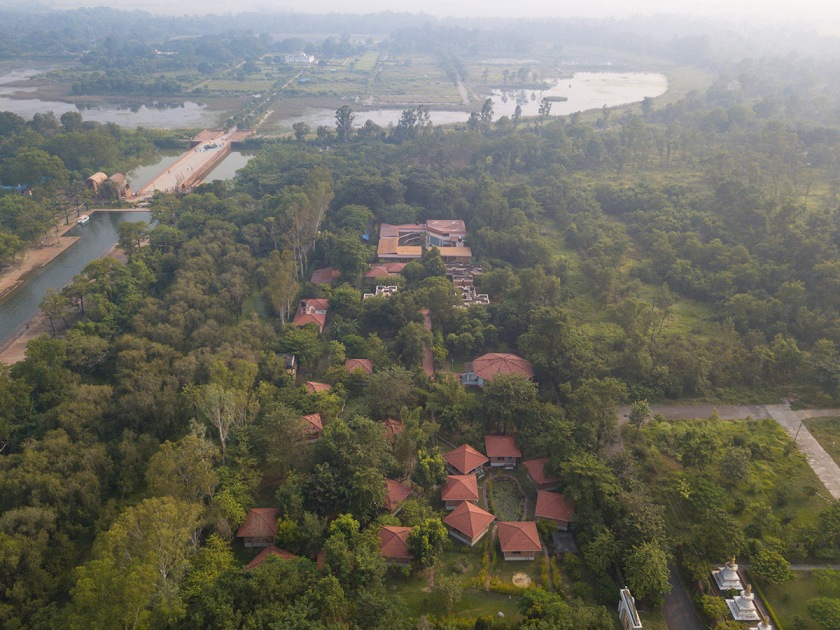
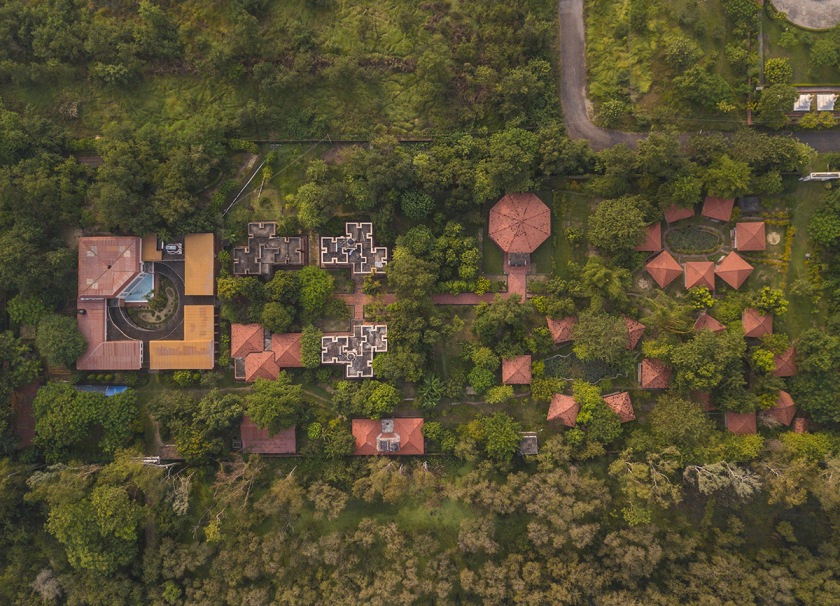
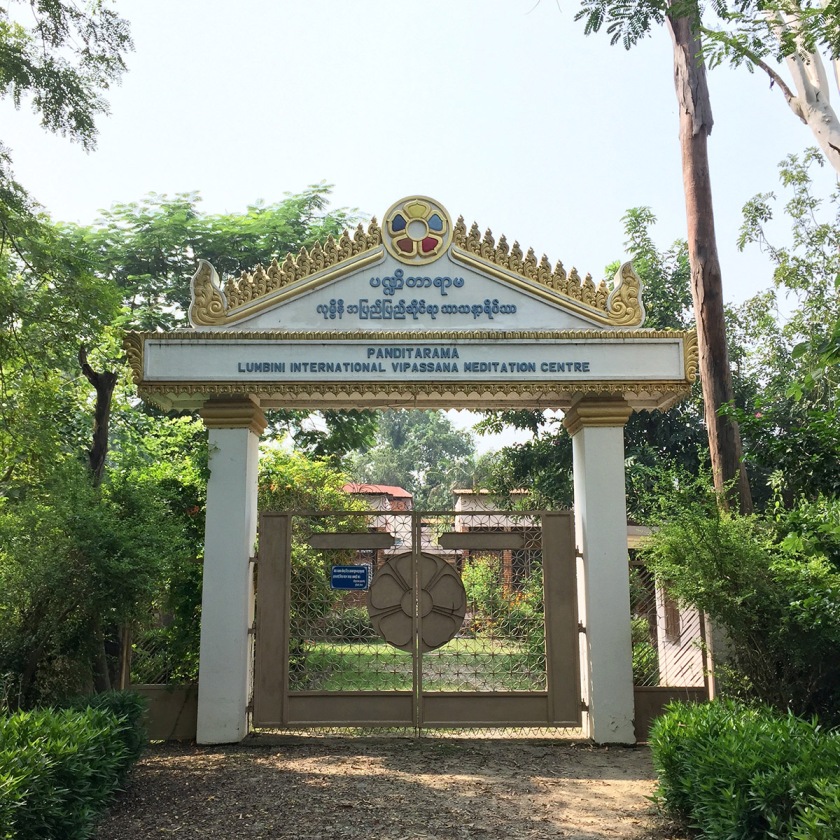
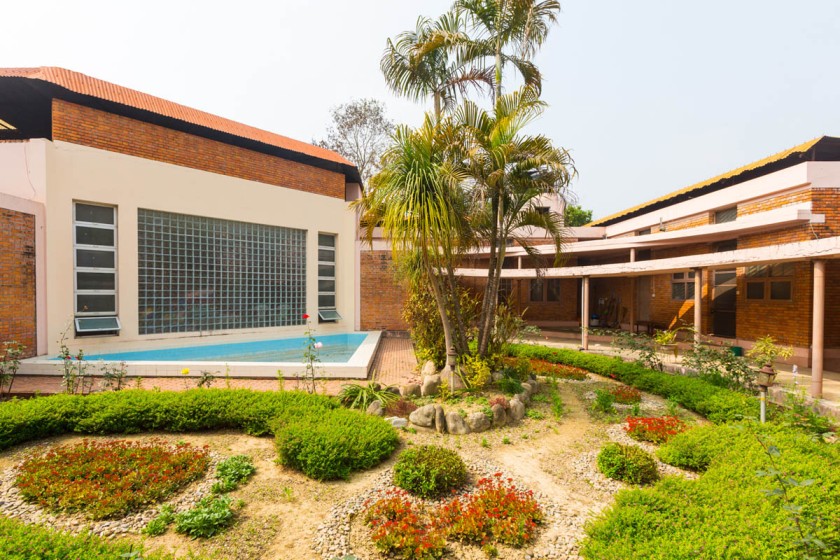
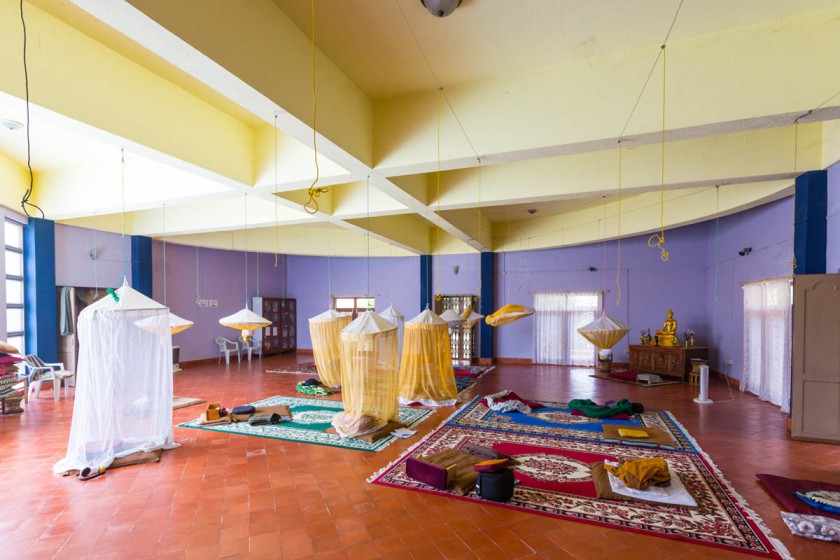
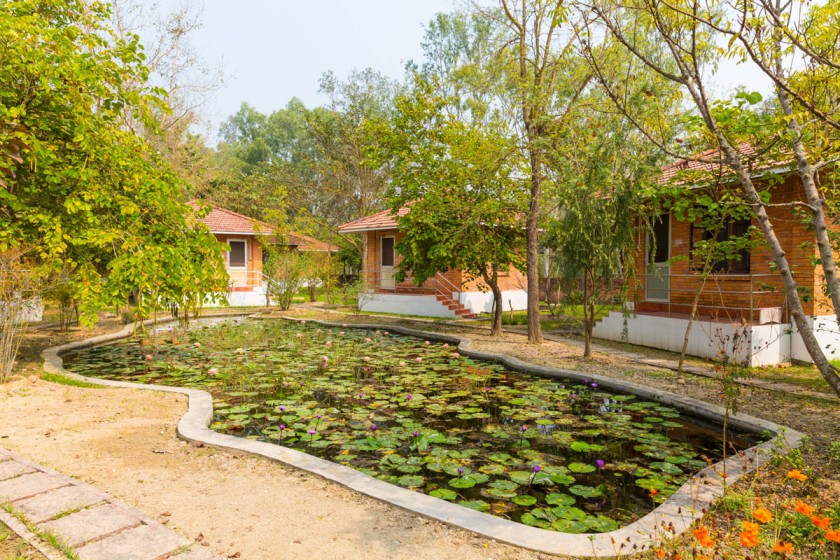
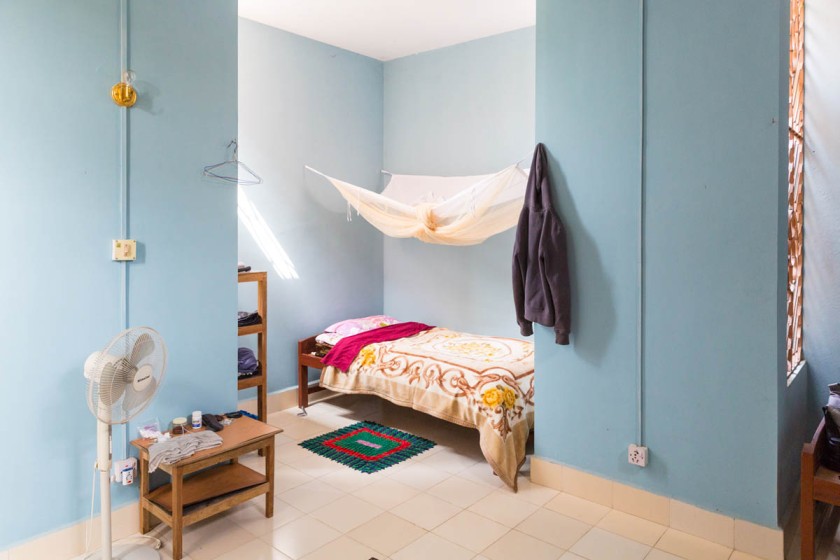
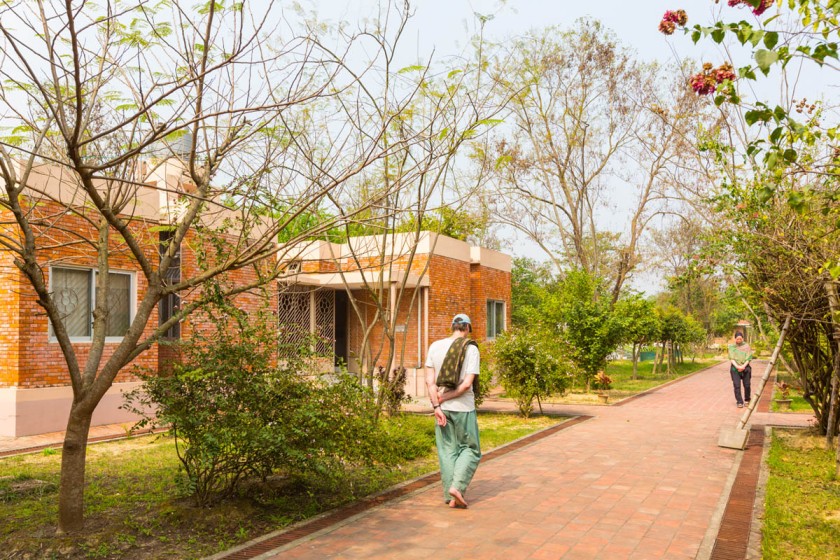
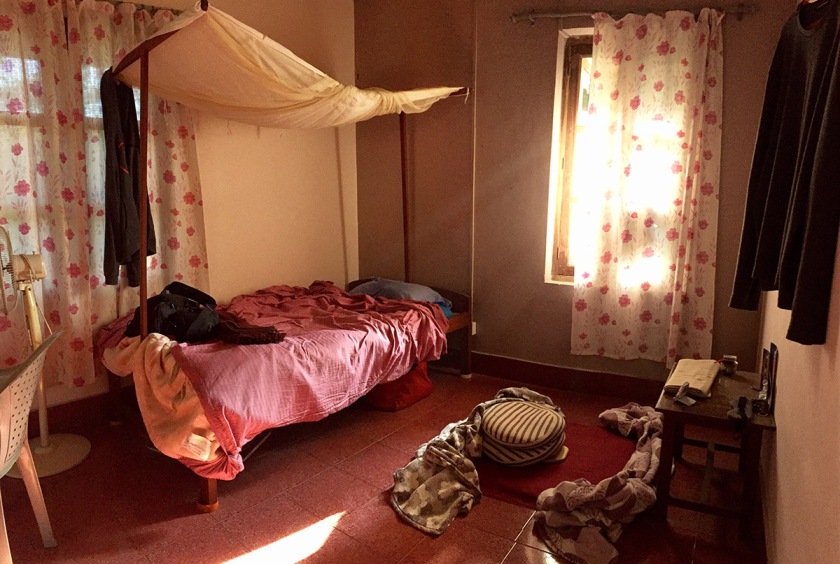
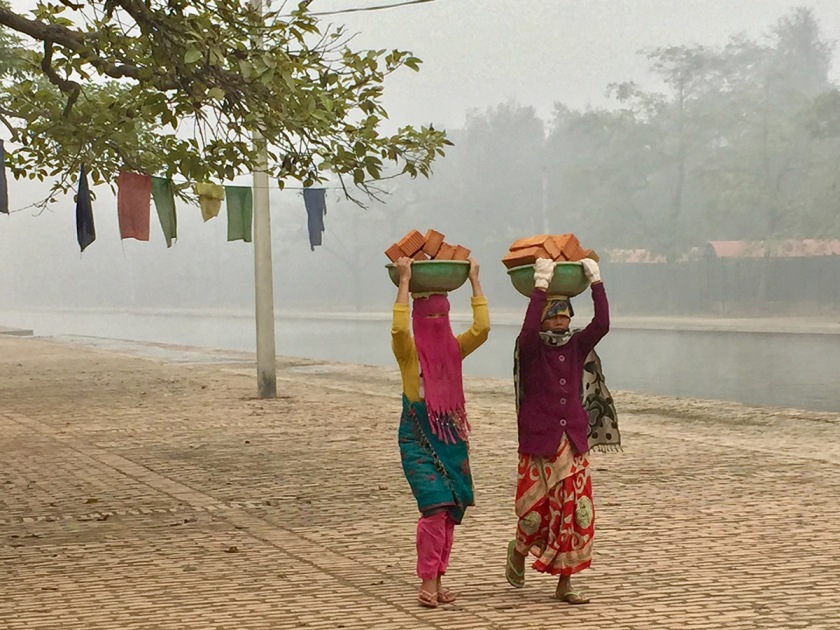

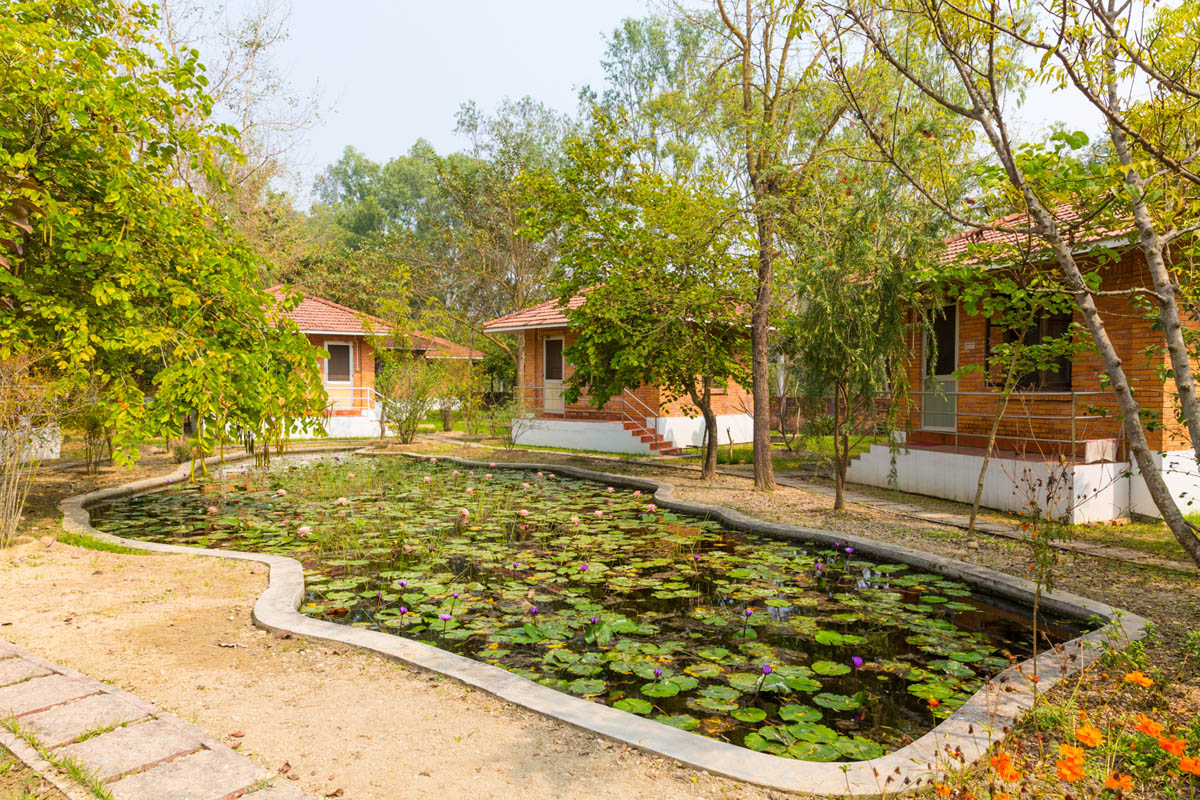
my friend and I are traveling to Panditorma to retreat on Oct 18/18. As per your recommendations we will stay one night in Lumbini at an air b&b or motel and wondered whether you could recommend a place near the retreat center. Thank you for your information about the center. It was very informative.
metta
Irene
LikeLike
Hi Irene. Good for you! There are quite a few in Lumbini village itself, and I don’t know them personally. I have stayed a few times at one near the Buddha’s Birthplace called Siddhartha Guesthouse, which is very basic, but adequate for my needs. You might be able to find it on the booking websites like Booking dot com.
LikeLike
Hi Peter,
I am contemplating practicing in Panditarama Lumbini in the winter months for about 2 months (maybe 3).
My concerns are:
1. What is the average temperature from December – February? I can’t stand humid.
2. Do they have clean bathroom and shower facility?
3. How do you do your laundry while staying at the center?
Thank you.
LikeLike
Hi Tony,
Thanks for getting in touch! It gets gradually colder in Dec until it reaches the low-point of about 8-10 degrees C in late Dec and early Jan. By late Jan it starts warming up again to maybe 15 degrees C. Nov and Feb are mild and comfortable.
If you stay 30+ days you get a kuti (hut), and those have quite clean and decent bathrooms. They stay clean if you regularly clean them 😉 Note there is, as of mid 2019, an electric hot water system in the kutis. You can hand-wash your clothes in a bucket or basin. The humidity is high throughout winter so drying can take a while.
Asian meditation centres usually don’t have luxury in mind – they provide the basics and you bring the determination to work hard and progress. Think of any hardship you encounter as part of the training 😉
I hope this info is helpful! All the best,
Peter
LikeLike
Wow. What an in-depth analysis. Thanks so much for doing this. I’m looking to go in January. However, the description on their website on how to get there stresses me out— is it really as bad as it seems?
LikeLike
Hi Travis. Which part are you referring to? If the long detailed description of the trip from India on their website, this is only one option. The simpler option is to fly into Kathmandu, and then fly on Buddha Air 30 minutes to Bhairahawa, close to Lumbini. Can book on their website. I usually spend a day in Kathmandu on the way through to pick up last-minute supplies, and it makes the whole journey more relaxed. I hope that helps!
LikeLike
That does help a lot. I’ll go that route for sure. And the 90 day visa you can just pick up at Kathmandu, right?
LikeLike
Yes, it’s US$125 at the airport on arrival. Can pay by card or cash in any currency. Think about bringing some extra US$ for a visa extension in case your retreat is going well because you can extend at a nearby border post. $2/day for extension, 30- & 90-day options. All the best!
LikeLike
It might be worth mentioning that currently (for a six months now) the teachers at Lumbini have some visa issues and new applications for retreats are put on hold until further notice.
LikeLike
Hi Karol. Thanks for raising this. As at the end of 2019 the visa issue was resolved with the govt and the centre is going forward as usual. Good news!
LikeLike